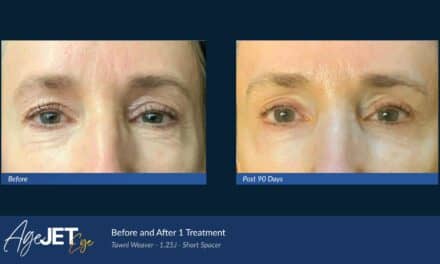Intense pulsed light (IPL) technology is common, versatile and, in all likelihood, has reached its technological maturity, according to S. Manjula Jegasothy, M.D., founder of the Miami Skin Institute and clinical associate professor of dermatology at the University of Miami Miller School of Medicine.
IPL is not typically the gold-star, stand-alone technology in the dermatologist’s practice, because it can be less effective than many of today’s single wavelength technologies, she says.
“[IPL] is a great place to start. It doesn’t have a lot of downtime. But it’s really more of an ‘and’ rather than an ‘or,’” Dr. Jegasothy says. “If a person has more of one issue — more angiomas, more telangiectasias, more poikiloderma of Civatte — it can be less effective than many of today’s single wavelength laser technologies.”
In its simplest form, IPL can be described as bright flashlight, says Santa Monica, Calif., dermatologist and clinical instructor of dermatology at UCLA, Tanya Kormeili, M.D.
“It is not a laser, in that it is not monochromatic light,” Dr. Kormeili says. “It delivers light energy from 500 nm to 1200 nm, which is along the absorption spectrum of melanin.”
IPL is a popular option among cosmetic surgery patients, according to 2016 statistics by the American Society for Aesthetic Plastic Surgery. Photo rejuvenation with IPL ranked fourth in the top five nonsurgical procedures performed by member plastic surgeons that year, wiping microdermabrasion off the top five list, according to ASAPS.
IPLs have come a long way, evolving to become much stronger and more effective than they were when the technology first came out, according to Dr. Jegasothy.
Click here to view original web page at aestheticchannel.modernmedicine.com


